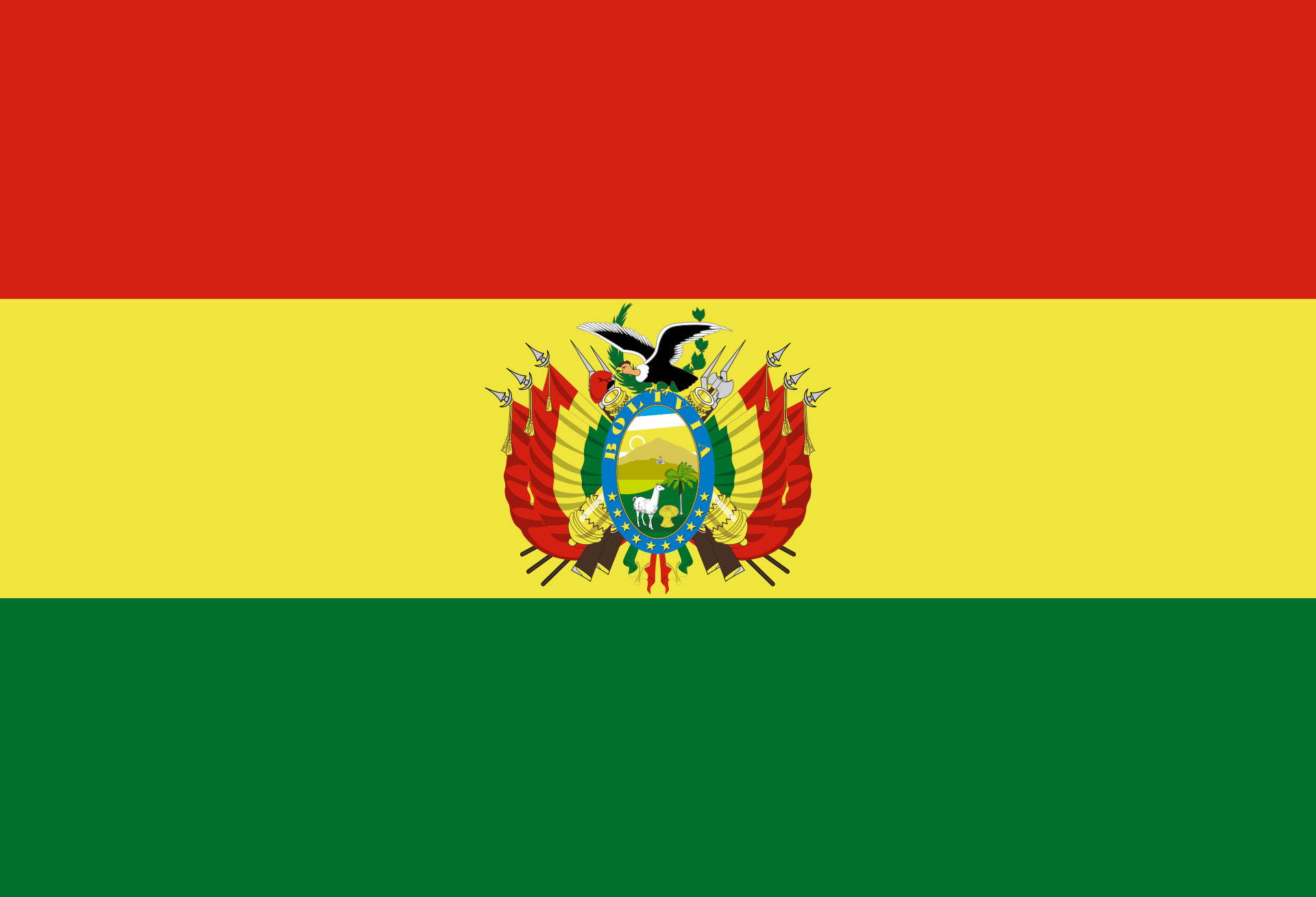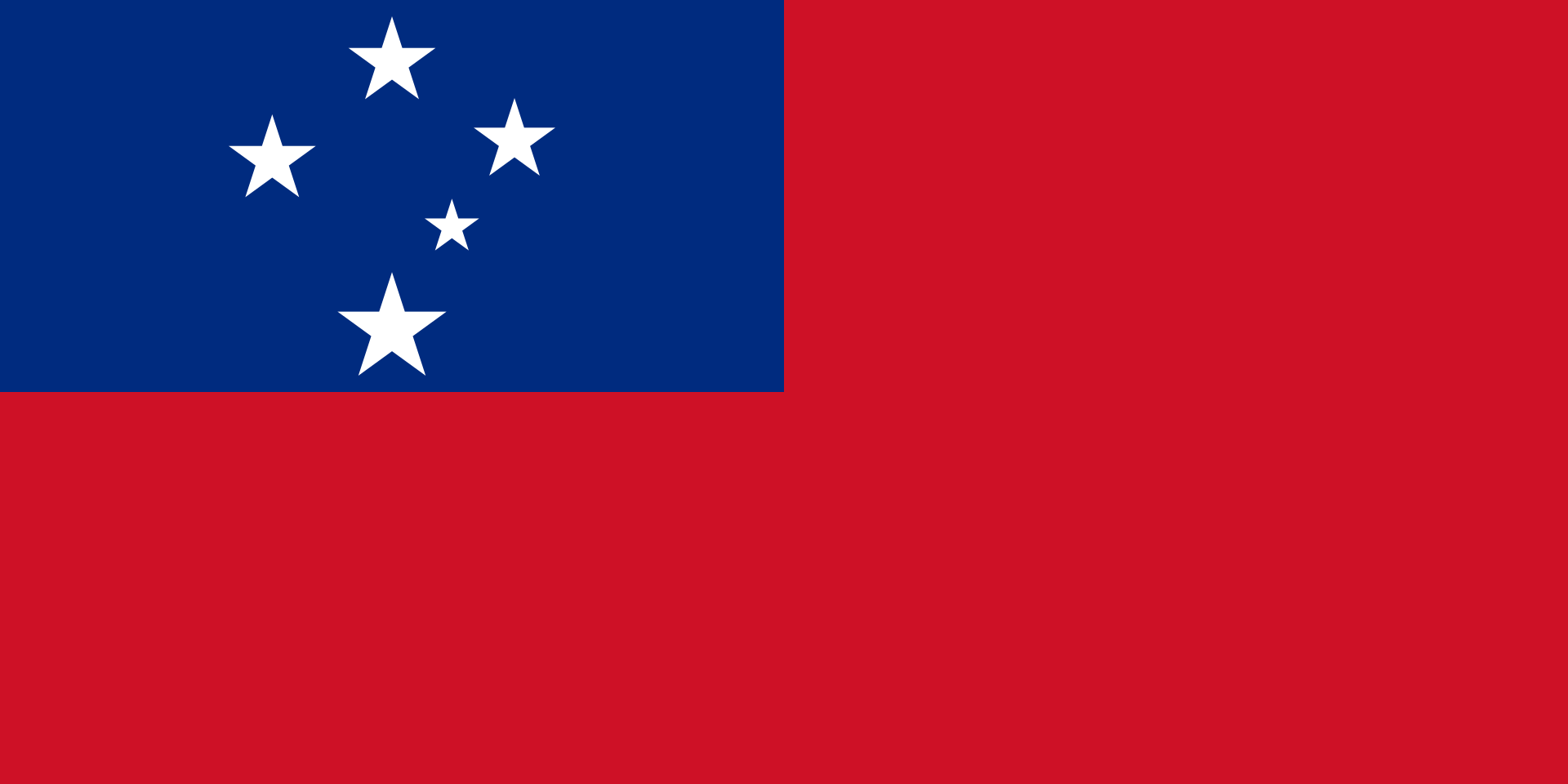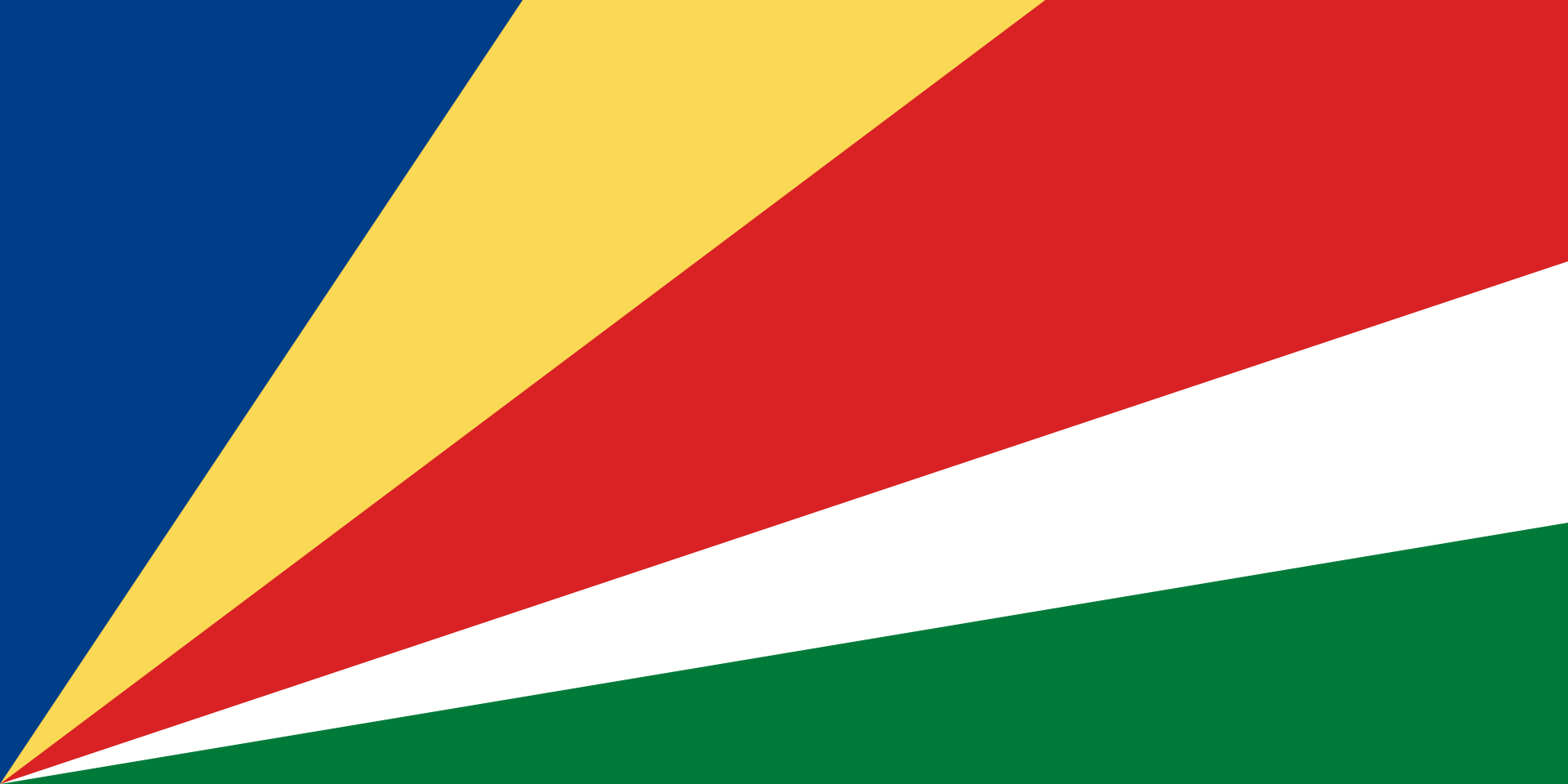Population
12,428,245
Last updated:
1 NovArea
1,098,581 km2
Last updated:
1 NovCurrency
Boliviano (BOB)
Last updated:
1 NovOfficial Language
Spanish, Quechua, Aymara, Guarani...
Last updated:
1 NovPhone code number
+591
Last updated:
1 NovInternet TLD
.bo
Last updated:
1 NovAverage monthly salary
280 $
Last updated:
1 NovTotal millionaires
158 persons
Last updated:
1 NovTotal billionaires
0 persons
Last updated:
1 NovMilitary power
Passport rank
72
Last updated:
1 NovVisa free
79 country
Last updated:
1 NovReligions in Bolivia
89.3% Christianity
*70.1% Roman Catholic
*17.3% Protestant
*1.9% Other Christian
10.1% No religion
0.6% Other
Info about Bolivia (History)
Bolivia is a landlocked country located in the west and central part of South America. The constitutional capital is Sucre and the seat of the government and executive capital is La Paz. The largest city and main industrial center is Santa Cruz de la Sierra, located in East Llanos (tropical lowlands), a mostly flat region in the east of the country.
The sovereign state of Bolivia is a constitutionally unitary state, divided into nine departments. Its geography ranges from the Andean peaks in the west to the eastern lowlands located in the Amazon Basin. It borders Brazil to the north and east, Paraguay to the southeast, Argentina to the south, Chile to the southwest and Peru to the northwest. One third of the country lies within the Andes mountain range. Bolivia, with an area of 1,098,581 km2 (424,164 sq mi), is the fifth largest country in South America after Brazil, Argentina, Peru and Colombia (and along with Paraguay, one of only two landlocked countries in the Americas ), The 27th largest country in South America. in the world, the largest landlocked country in the Southern Hemisphere and the seventh largest landlocked country in the world after Kazakhstan, Mongolia, Chad, Niger, Mali and Ethiopia.
The country's population, estimated at 11 million, is multinational, including Indians, mestizos, Europeans, Asians and Africans. The official and predominant language is Spanish, although 36 indigenous languages have official status, of which Guaraní, Aymara and Quechua are the most widely spoken.
Before Spanish colonization, the Andean region of Bolivia was part of the Inca Empire, and the northern and eastern lowlands were inhabited by independent tribes. Spanish conquistadors who arrived from Cuzco and Asuncion took control of the region in the 16th century. During the Spanish colonial period, Bolivia was ruled by the Real Audiencia of Charcas. Spain built its empire largely on silver from the mines of Bolivia. The first call for independence in 1809 was followed by 16 years of war before the Republic was created, named after Simón Bolívar. During the 19th and early 20th centuries, Bolivia lost control of several peripheral territories in favor of neighboring countries, including the capture of its coastline by Chile in 1879. Bolivia remained relatively politically stable until 1971, when Hugo Banser led a CIA-backed coup d'état. état, which replaced the socialist government of Juan José Torres with a military dictatorship led by Banser; Torres was killed in Buenos Aires, Argentina by a right-wing death squad in 1976. The Banser regime suppressed left and socialist opposition and other forms of dissent, resulting in the torture and death of a number of Bolivian citizens. Banser was ousted in 1978 and later returned as the democratically elected President of Bolivia from 1997 to 2001.
Modern Bolivia is a statutory member of the UN, IMF, NAM, OAS, AKTO, Bank of the South, ALBA and USAN. Bolivia remains the second poorest country in South America, although it has reduced poverty rates and has the fastest growing economy in South America (in terms of GDP). It is a developing country with a high ranking in the Human Development Index. Its main economic activities include agriculture, forestry, fishing, mining and the production of goods such as textiles, clothing, refined metals and refined oil. Bolivia is very rich in minerals including tin, silver, lithium and copper.
Important information about Bolivia
1- What is the population of Bolivia?
answer: The total population of Bolivia is 12,428,245 in 2021.
2- Who is the president of Bolivia?
answer: Luis Arce is the current president of Bolivia.
3- What is the area of Bolivia?
answer: The total area of Bolivia is 1,098,581 km2 .
4- What is the official language of Bolivia?
answer: The official language of Bolivia is Spanish, Quechua, Aymara, Guarani... .
5- What is the currency of Bolivia?
answer: The currency of Bolivia is Boliviano (BOB) .
6- How much is the average salary in Bolivia?
answer: The average salary in Bolivia is 280$ in 2021.
7- What is the passport rank of Bolivia?
answer: The passport rank of Bolivia is 72 in 2021.
8- How many countries we can travel with passport of Bolivia without visa?
answer: You can travel to 79 countries with passport of Bolivia .
9- What is the phone number code of Bolivia?
answer: The phone number code of Bolivia is +591 .
10- What is internet TLD of Bolivia?
answer: The internet TLD of Bolivia is .bo
11- How many billionaires are in Bolivia?
answer: The total number of billionaires in Bolivia is " 0 person" in 2021.
12- How many millionaires are in Bolivia?
answer: The total number of millionaires in Bolivia is " 158 person" in 2021.





